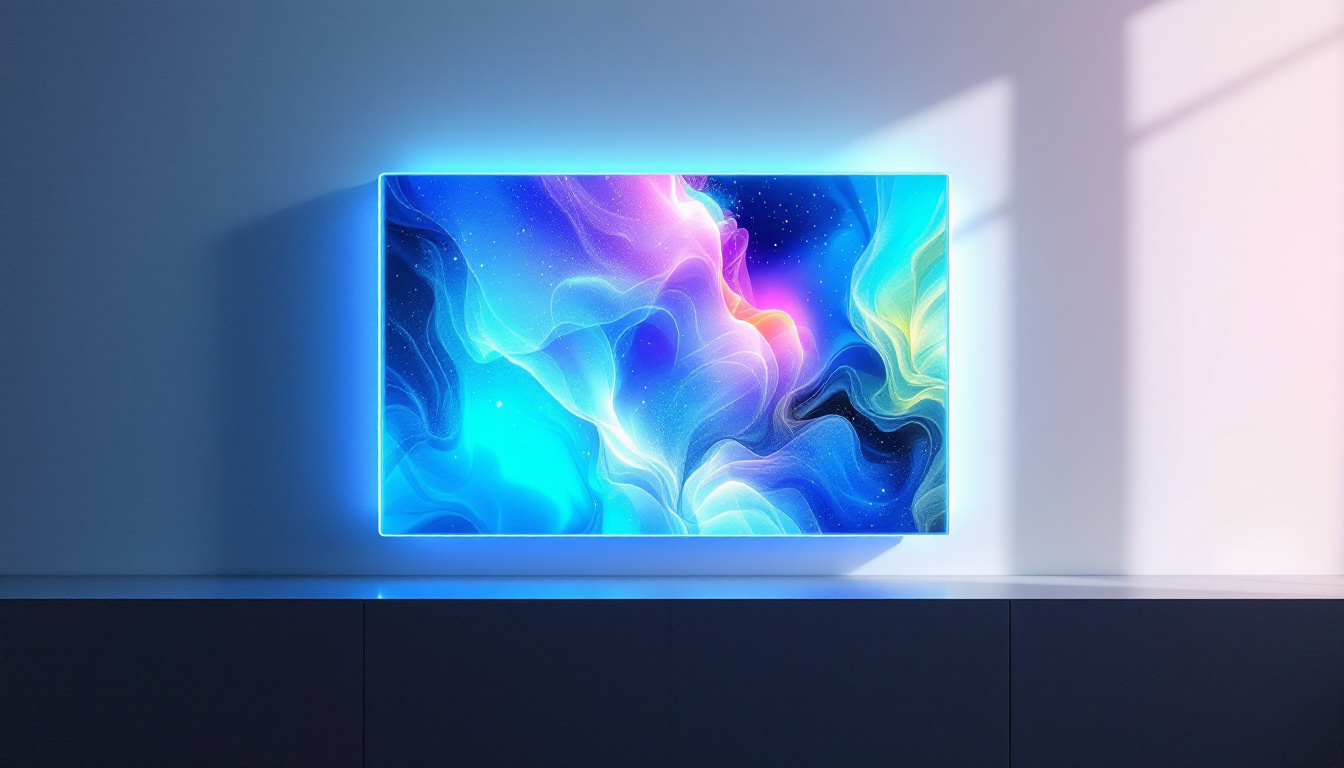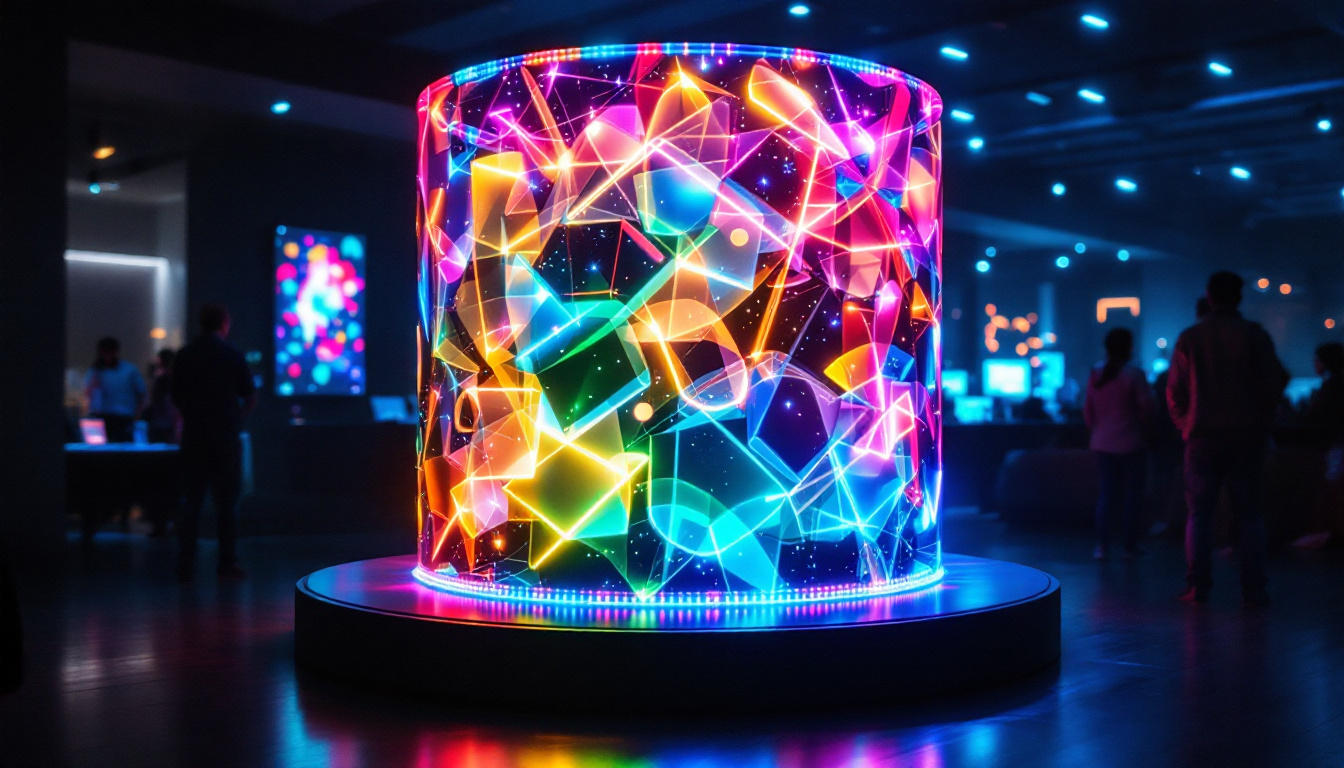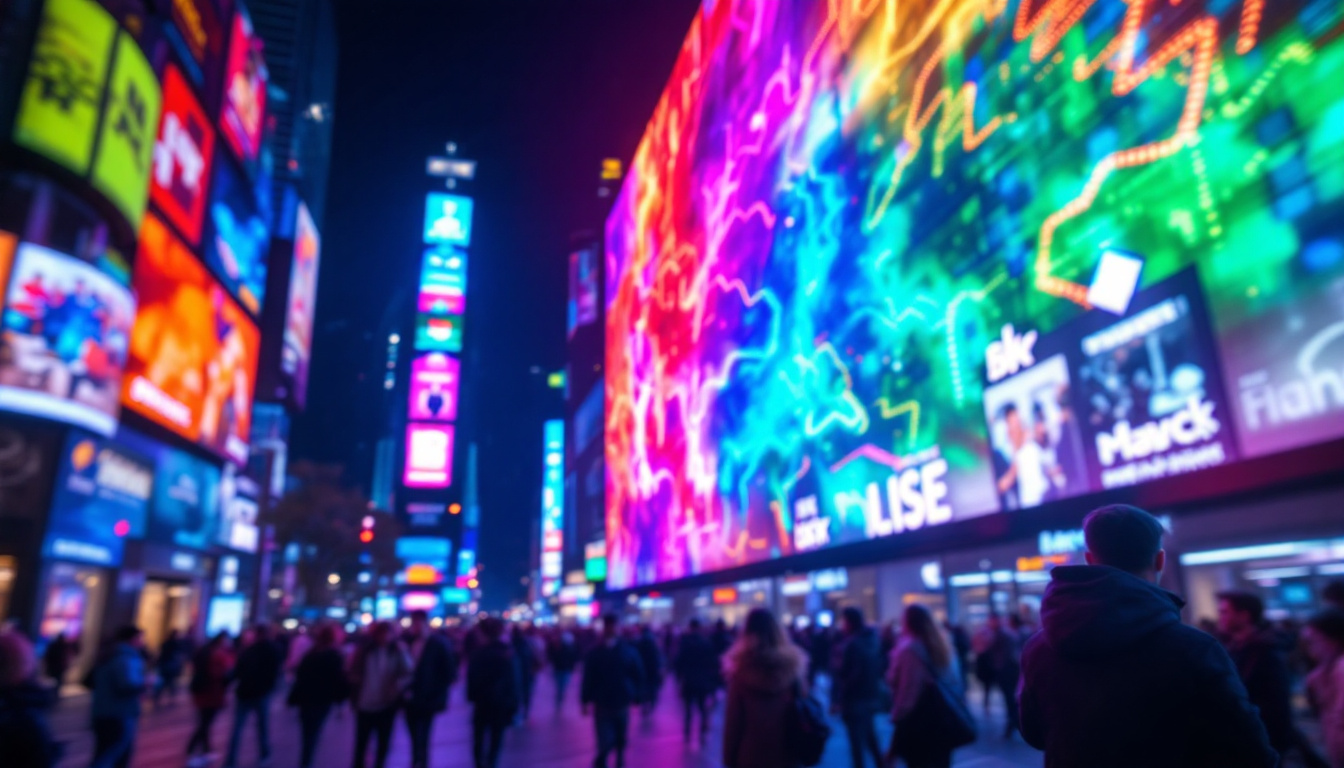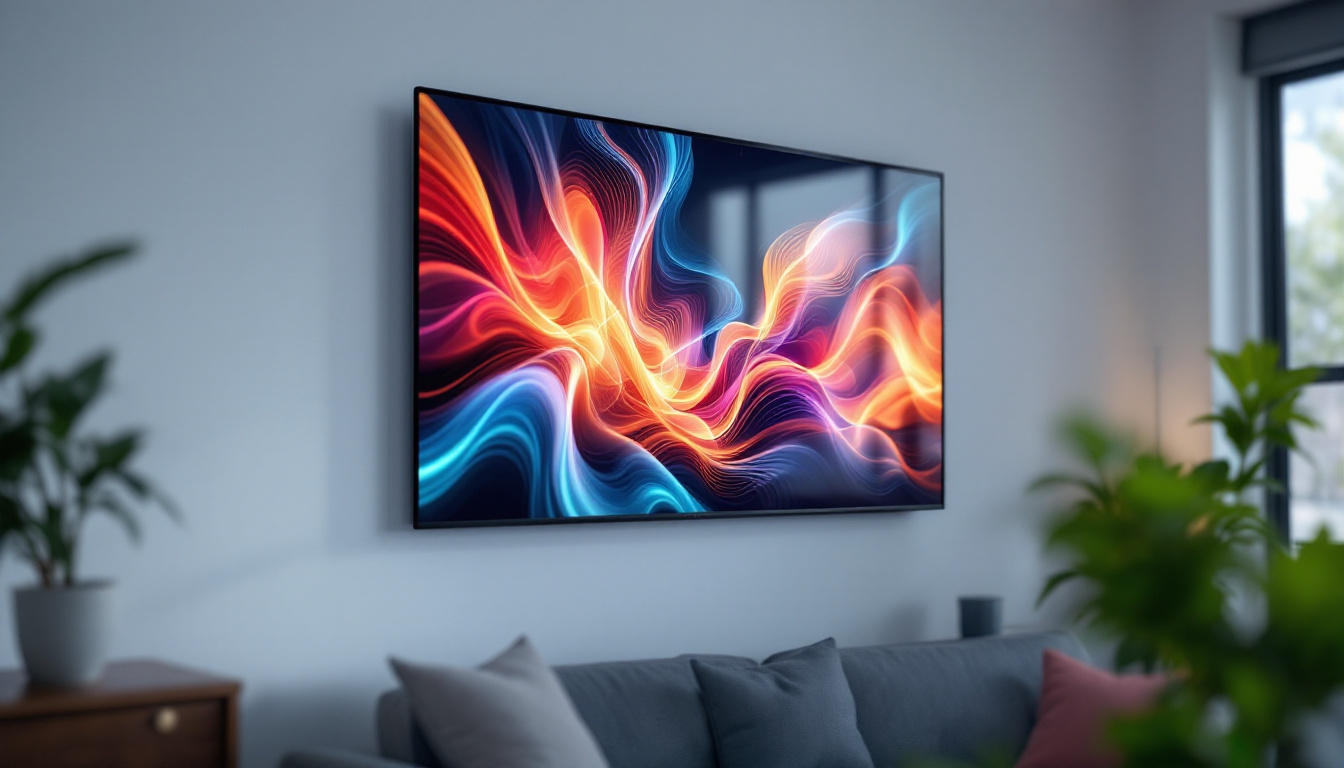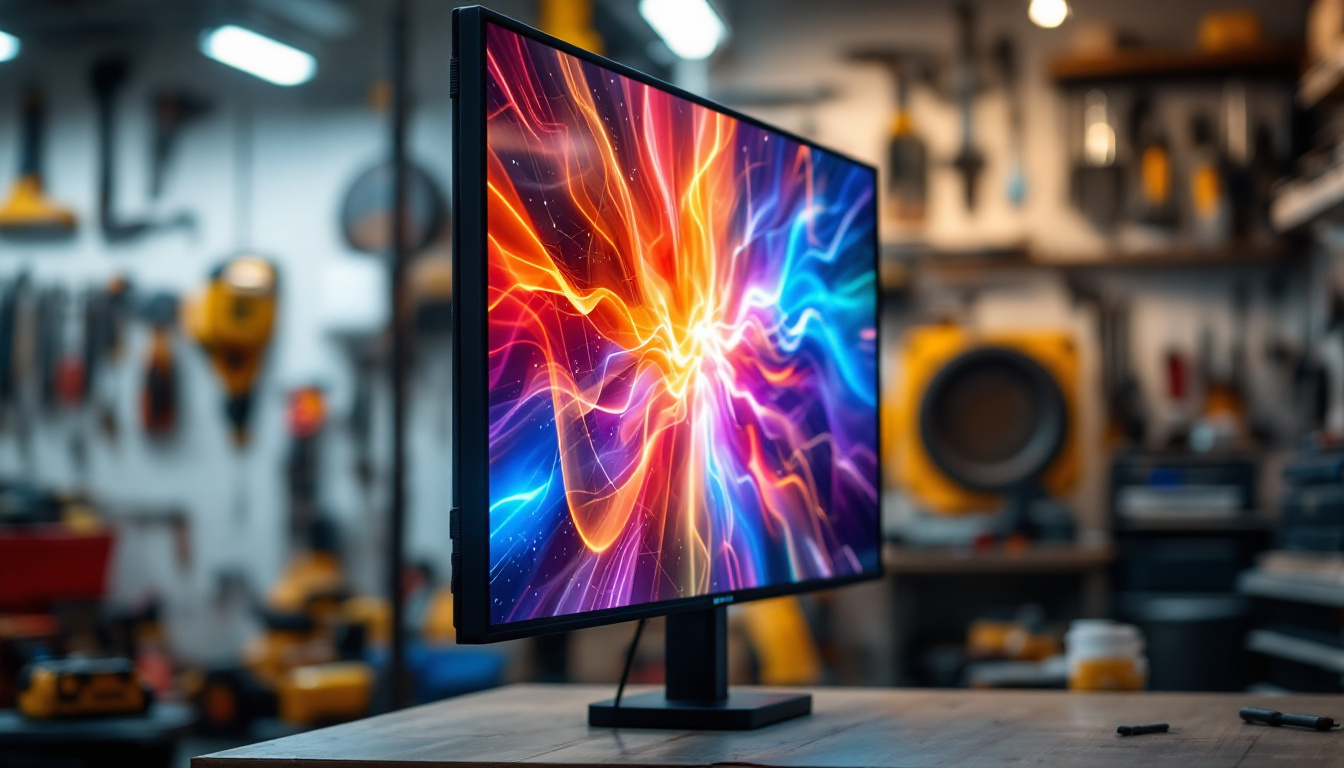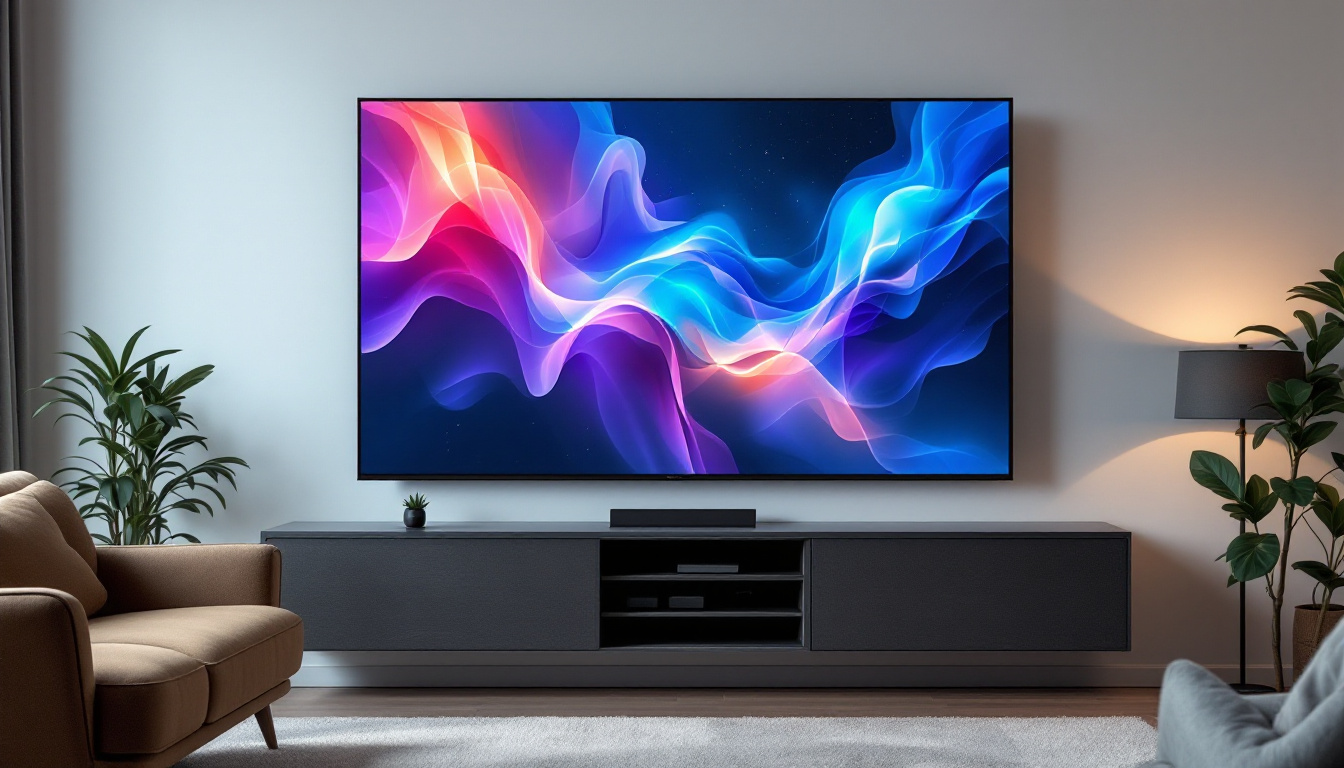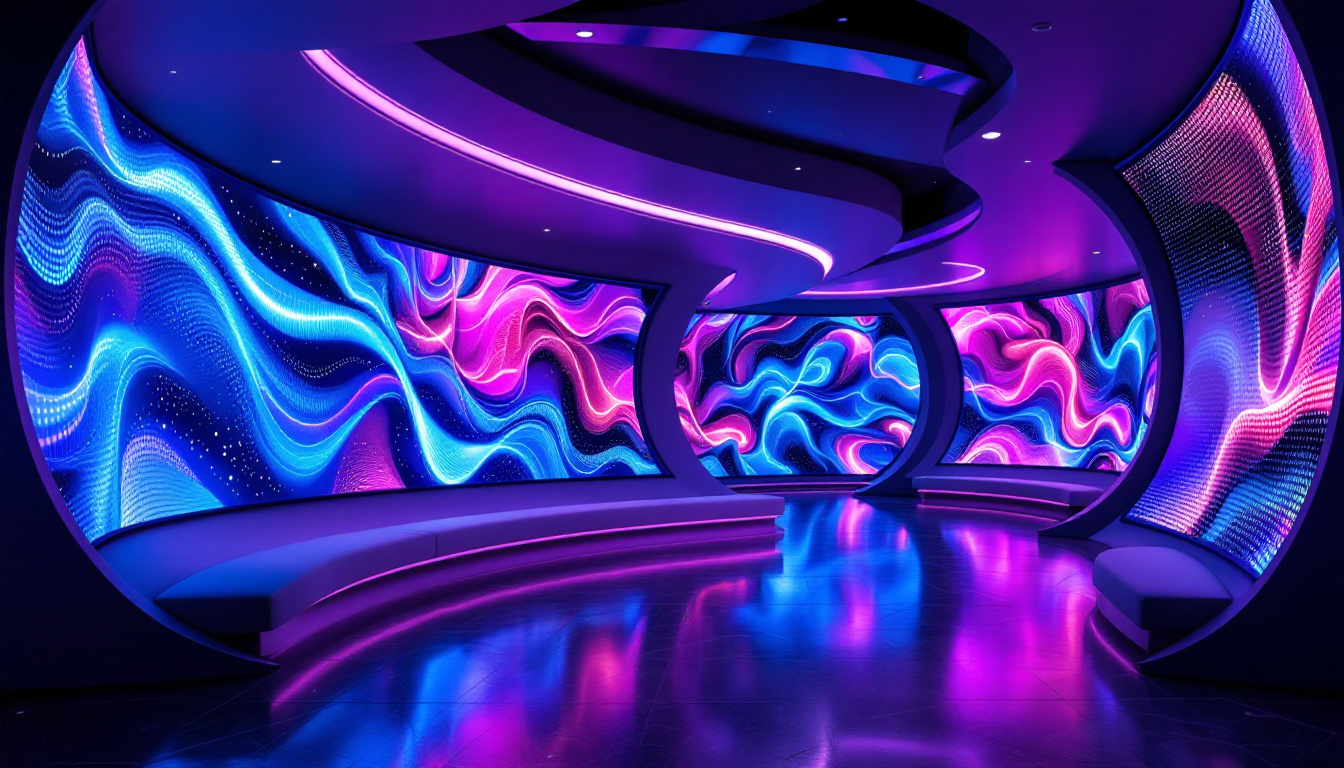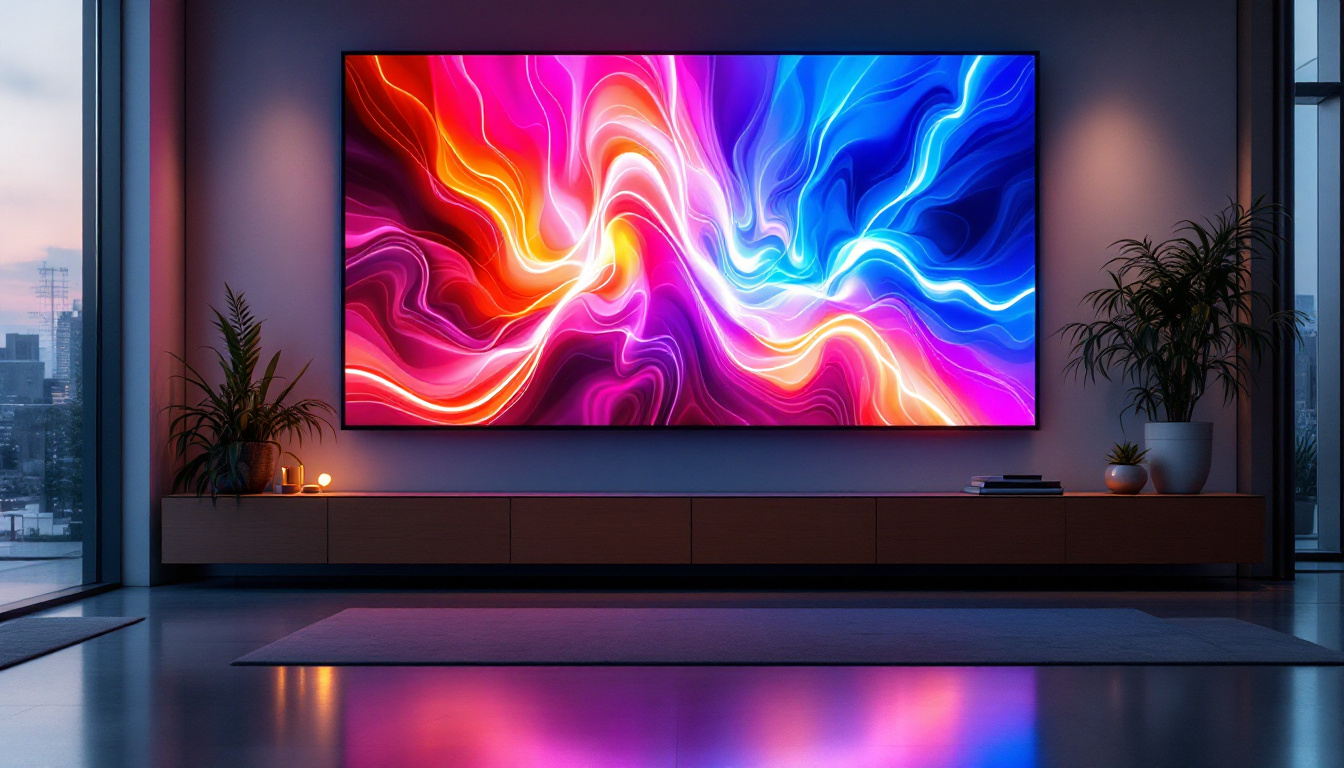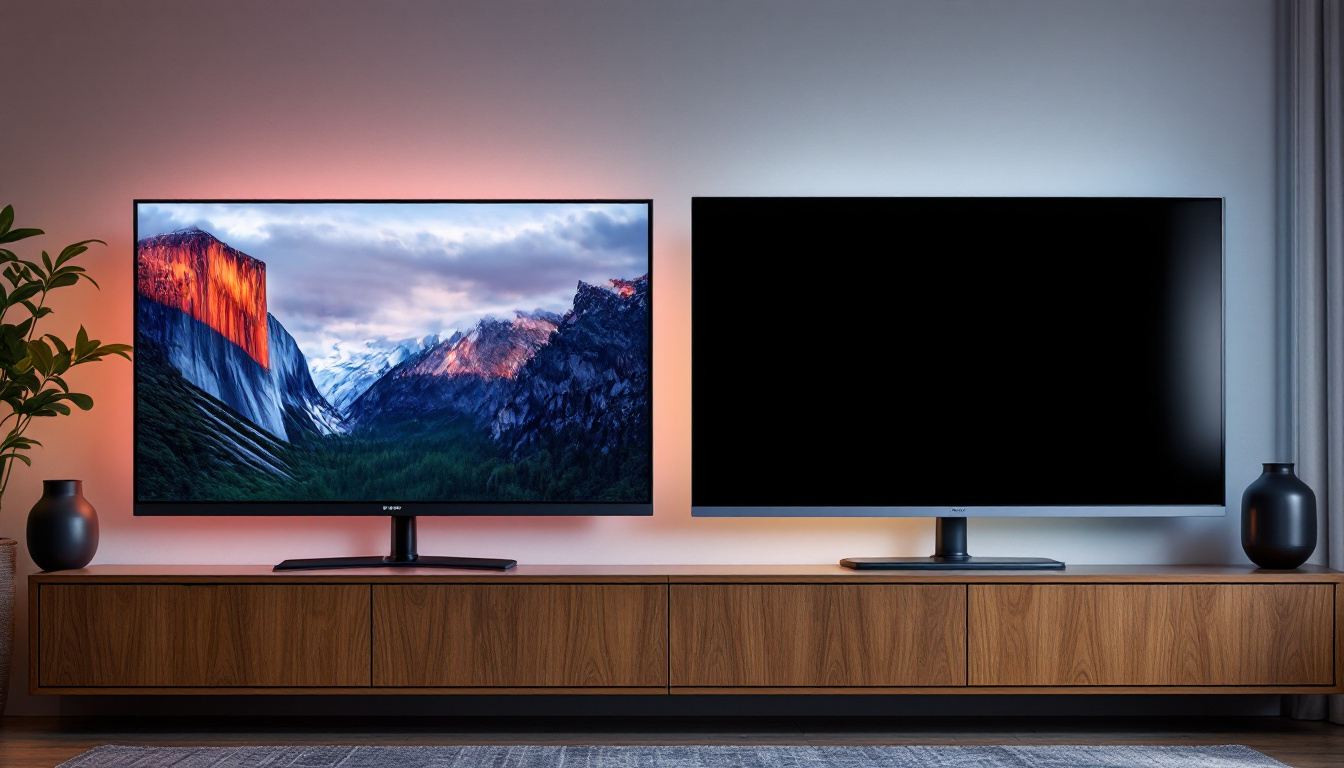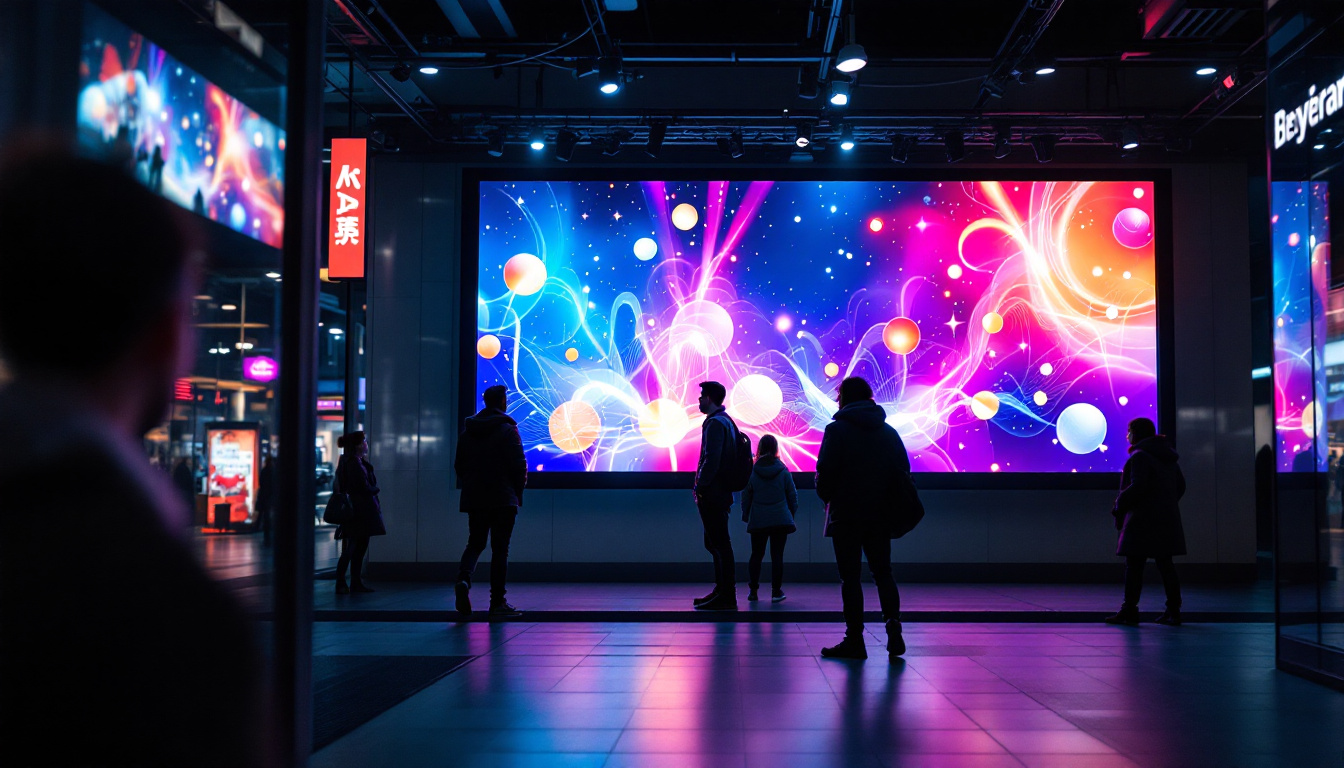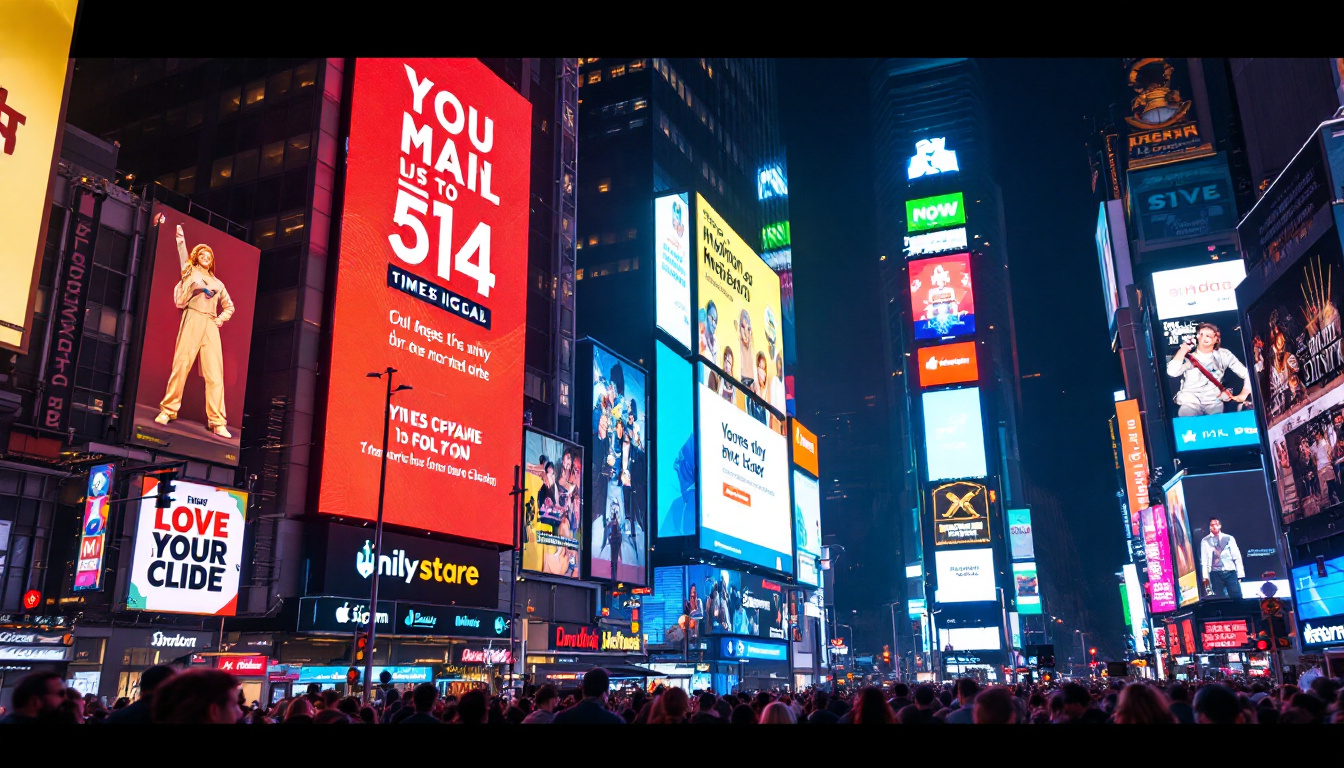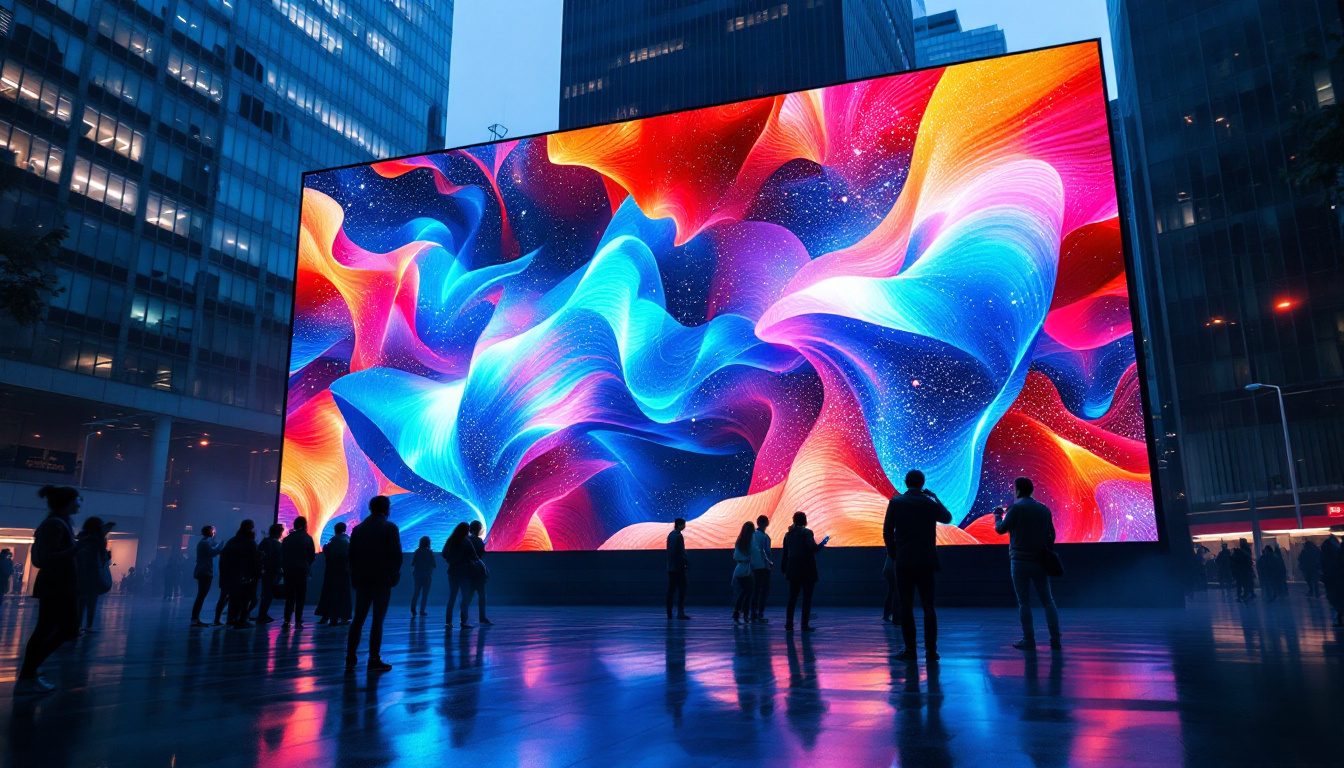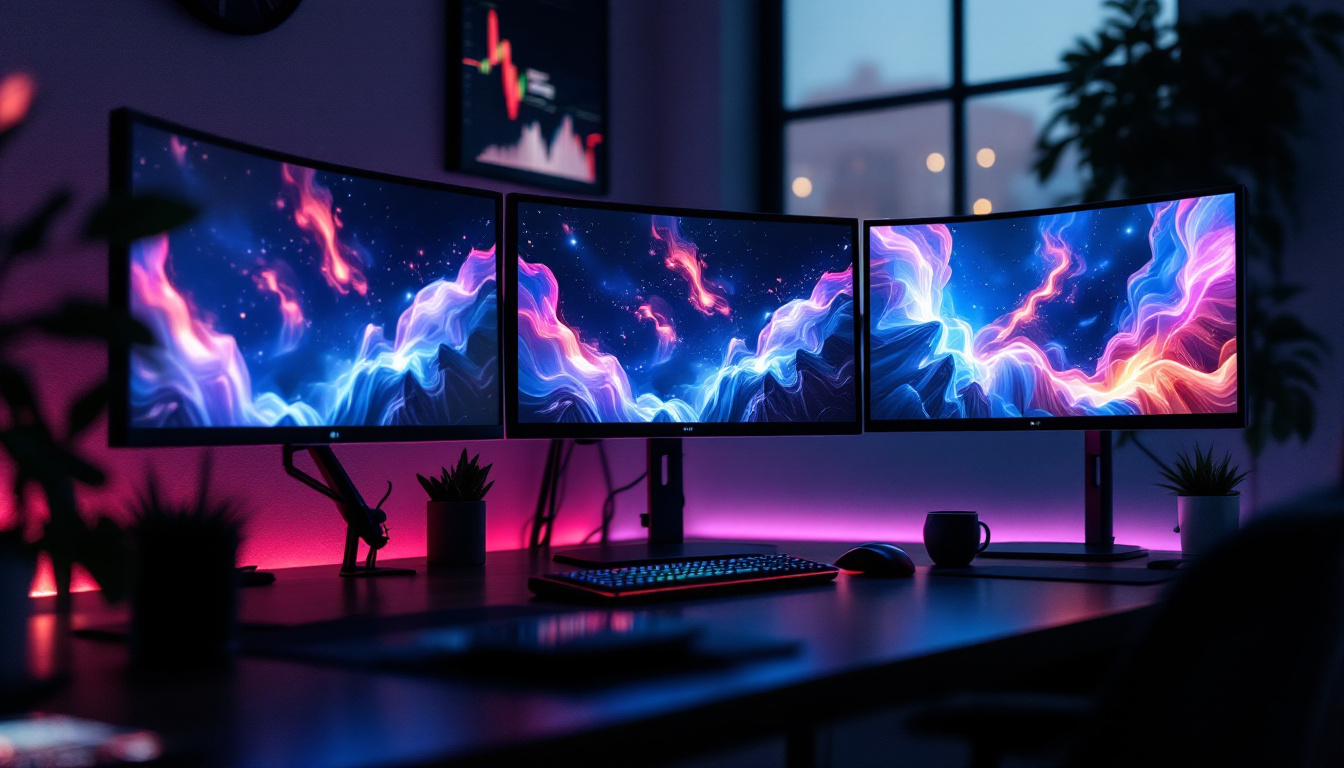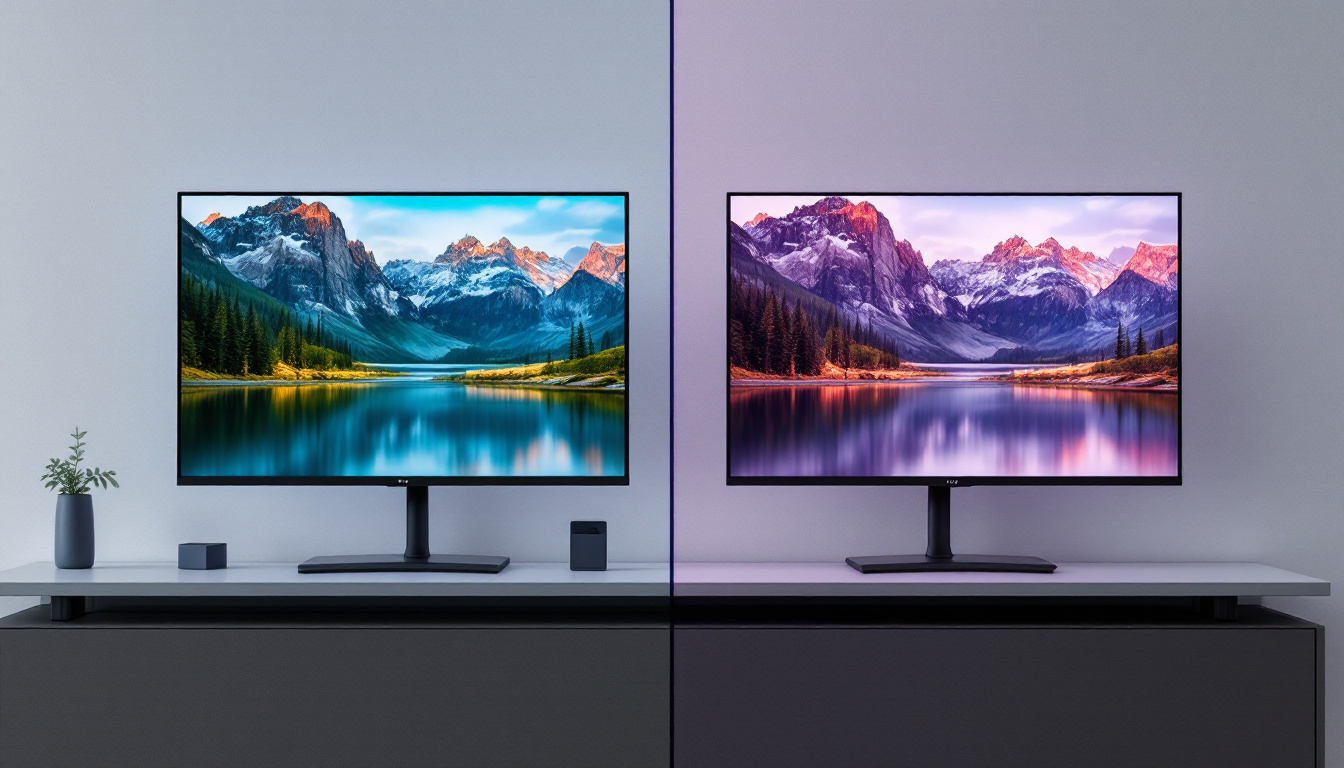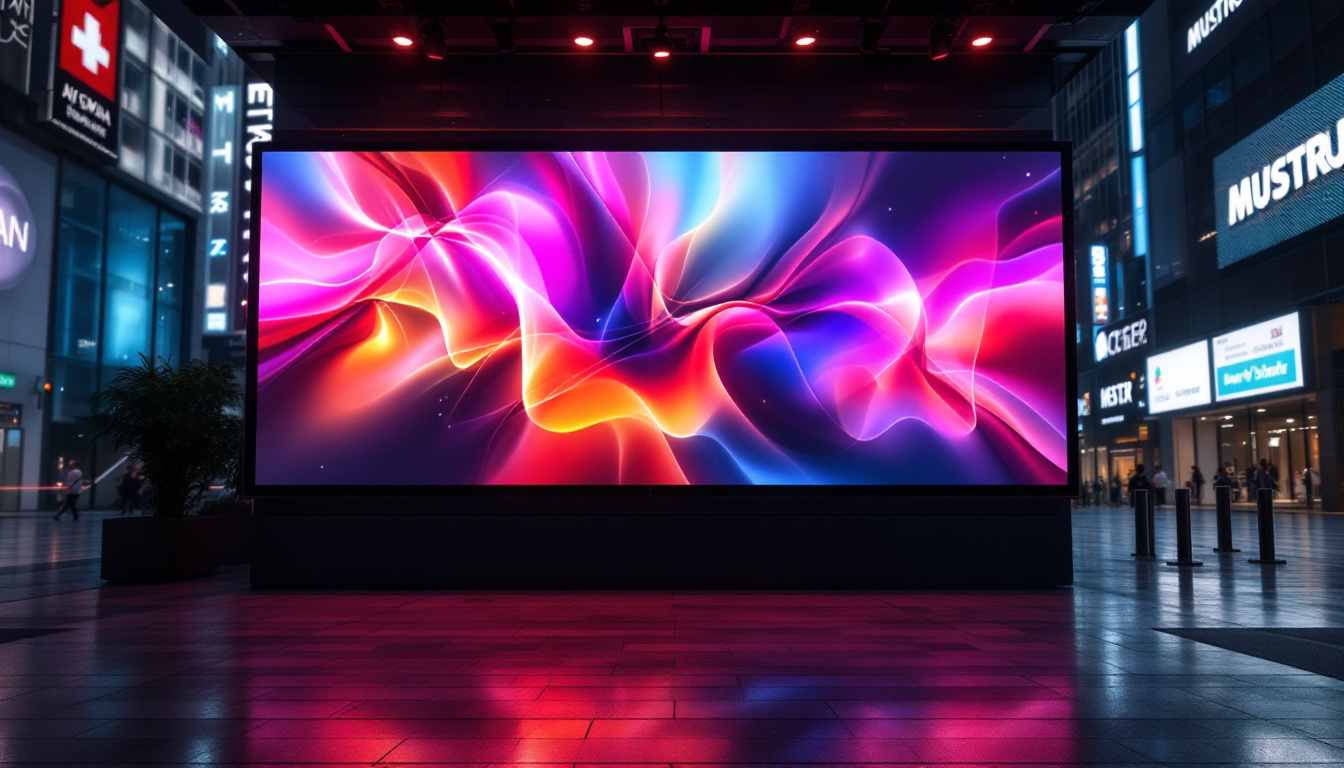In recent years, the evolution of display technology has taken a significant leap forward, with transparent OLED screens emerging as a groundbreaking innovation. These displays offer unique advantages over traditional LED screens, leading to a new wave of applications across various industries. This article delves into the intricacies of transparent OLED technology, its benefits, applications, and future prospects.
Understanding OLED Technology
Organic Light Emitting Diodes (OLED) represent a significant advancement in display technology. Unlike traditional LED displays, which rely on a backlight to illuminate pixels, OLED screens generate their own light. This fundamental difference allows for thinner, more flexible displays with superior image quality.
How OLED Works
At the core of OLED technology are organic compounds that emit light when an electric current is applied. Each pixel in an OLED display consists of layers of organic materials sandwiched between two electrodes. When electricity flows through these layers, the organic compounds emit light, creating vibrant colors and deep blacks.
This self-emissive property of OLEDs not only enhances color accuracy but also contributes to the display’s ability to achieve true blacks, as individual pixels can be turned off completely. This results in a higher contrast ratio compared to traditional LED displays, which struggle to achieve the same level of black depth. Furthermore, the rapid response time of OLEDs means that they can display fast-moving images with minimal motion blur, making them particularly suitable for gaming and high-action video content.
Advantages of OLED Displays
OLED technology comes with several advantages that make it a preferred choice for modern displays. One of the primary benefits is the ability to produce a wider color gamut. This means that OLED screens can display a broader range of colors, enhancing the visual experience for viewers.
Additionally, OLED displays are thinner and lighter than their LED counterparts, making them ideal for applications where space and weight are critical factors. The flexibility of OLED technology also allows for innovative designs, including curved and foldable screens, which are becoming increasingly popular in smartphones and televisions. Moreover, OLED panels consume less power when displaying darker images, which can lead to improved battery life in portable devices. This energy efficiency is particularly advantageous in an era where sustainability and eco-friendliness are becoming paramount considerations for consumers and manufacturers alike.
Another noteworthy aspect of OLED technology is its viewing angles. Unlike traditional LCD screens that suffer from color distortion and brightness loss when viewed from an angle, OLED displays maintain consistent color and brightness levels regardless of the viewer’s position. This characteristic makes OLED screens ideal for collaborative environments, such as offices or living rooms, where multiple viewers may be watching from different angles. As a result, the immersive experience offered by OLED technology continues to attract attention from both consumers and industry professionals, further solidifying its place in the future of display technology.
What is a Transparent OLED Screen?
A transparent OLED screen takes the advantages of OLED technology and adds a unique twist: the ability to see through the display. This innovation allows for a seamless blend of digital content and the physical environment, opening up new possibilities for interactive experiences.
Design and Functionality
Transparent OLED screens are constructed using the same principles as traditional OLED displays, but with a focus on transparency. The materials used in the construction of these screens are engineered to allow light to pass through while still displaying vibrant images. This is achieved by reducing the opacity of the layers involved in the display.
The result is a screen that can display content while still allowing viewers to see the environment behind it. This feature is particularly appealing for applications in retail, advertising, and smart homes, where blending digital information with the real world can enhance user engagement. Additionally, the lightweight and flexible nature of these displays opens up new avenues for creative design, allowing for curved or unconventional shapes that can fit seamlessly into various architectural elements.
Applications of Transparent OLED Screens
Transparent OLED technology has found its way into various industries, demonstrating its versatility and potential. One of the most prominent applications is in retail environments, where stores can use transparent displays to showcase products while maintaining visibility into the store. This not only attracts customers but also provides an interactive shopping experience. For instance, a fashion retailer might use a transparent screen to overlay digital outfits on mannequins, allowing shoppers to visualize how different styles would look in real life.
In the automotive industry, transparent OLED screens are being explored for use in vehicle windshields and dashboards. Imagine a car dashboard that displays navigation information, speed, and other vital data without obstructing the driver’s view of the road. This technology could significantly enhance safety and convenience for drivers. Furthermore, the potential for augmented reality applications is immense; drivers could receive real-time updates on traffic conditions or alerts about nearby points of interest, all while maintaining an unobstructed view of their surroundings. Beyond these industries, transparent OLEDs are also being considered for use in smart homes, where they could serve as windows that display information about the weather, news, or even art, transforming the very concept of a window into a dynamic interface that adapts to the homeowner’s needs and preferences.
Benefits of Transparent OLED Screens
The benefits of transparent OLED screens extend beyond aesthetics and functionality. Their unique properties offer several advantages that can transform various industries.
Enhanced User Experience
Transparent OLED screens create an immersive experience for users by seamlessly integrating digital content with the physical world. This capability allows for interactive displays that can respond to user inputs, creating a dynamic and engaging environment.
For instance, in museums or exhibitions, transparent OLED screens can provide information about artifacts while allowing visitors to see the items themselves. This enhances the educational experience and keeps visitors engaged.
Energy Efficiency
Energy efficiency is another significant advantage of transparent OLED technology. OLED displays consume less power than traditional LED screens, particularly when displaying darker images. This is because individual pixels can be turned off completely, reducing overall energy consumption.
As sustainability becomes increasingly important across industries, the energy-efficient nature of transparent OLED screens makes them an attractive option for businesses looking to reduce their carbon footprint.
Challenges and Limitations
Despite the numerous advantages, transparent OLED technology is not without its challenges. Understanding these limitations is crucial for businesses and consumers considering the adoption of this technology.
Cost of Production
The production of transparent OLED screens is currently more expensive than traditional display technologies. The materials and processes involved in creating these screens contribute to higher manufacturing costs. As a result, the price point for transparent OLED displays can be prohibitive for some applications.
However, as technology advances and production methods improve, it is expected that costs will decrease over time, making transparent OLED screens more accessible to a broader range of consumers and businesses.
Durability Concerns
Another challenge facing transparent OLED technology is durability. While OLED displays are known for their excellent image quality, they can be more susceptible to damage compared to traditional LCD screens. The materials used in transparent OLED screens may also be more vulnerable to scratches and wear over time.
To address these concerns, manufacturers are actively researching ways to enhance the durability of transparent OLED displays, including the development of protective coatings and improved materials.
The Future of Transparent OLED Technology
The future of transparent OLED technology looks promising, with ongoing research and development aimed at overcoming existing challenges. As the technology matures, it is expected to find its way into more applications, transforming the way people interact with digital content.
Innovative Applications on the Horizon
As industries continue to explore the possibilities of transparent OLED screens, new applications are likely to emerge. For example, in smart homes, transparent displays could be integrated into windows, allowing homeowners to access information without sacrificing natural light.
In the realm of advertising, transparent OLED screens could be used in storefronts, providing a unique way to showcase products while still allowing potential customers to see inside the store. This innovative approach could redefine how brands engage with consumers.
Integration with Augmented Reality
The integration of transparent OLED technology with augmented reality (AR) is another exciting prospect. Imagine wearing AR glasses that overlay digital information onto the real world, with transparent OLED screens providing a clear view of the environment while displaying relevant data. This fusion of technologies could revolutionize industries such as education, healthcare, and entertainment.
Conclusion
Transparent OLED screens represent a significant leap forward in display technology, offering unique advantages that traditional LED displays cannot match. With their ability to blend digital content with the physical world, these screens are poised to transform various industries, from retail to automotive and beyond.
While challenges remain, such as production costs and durability concerns, ongoing advancements in technology are likely to pave the way for wider adoption of transparent OLED displays. As businesses and consumers alike begin to recognize the potential of this innovative technology, the future of transparent OLED screens looks bright and full of possibilities.
In summary, the evolution of transparent OLED technology is not just about creating visually stunning displays; it’s about enhancing user experiences, improving energy efficiency, and redefining how we interact with the digital world. As this technology continues to develop, it promises to unlock new opportunities and reshape the landscape of display technology for years to come.
Discover the Future with LumenMatrix
Ready to step into the future of visual displays? LumenMatrix is at the forefront of LED display innovation, offering a wide array of solutions that bring your brand to life. From Indoor and Outdoor LED Walls to specialized displays for Vehicles, Sports, and even Custom configurations, our LED Transparent Displays are designed to captivate and engage. Experience the transformative power of advanced LED technology and let LumenMatrix help you communicate your message with unparalleled impact. Check out LumenMatrix LED Display Solutions today and see the difference for yourself.

